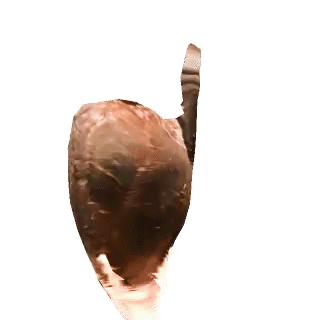 Jable Pardo
Jable Pardo 
The extractivist gaze of archaeological evidences
Western Sahara and the Canary Islands  have a complex relationship interwoven with slavery, fisheries, plantations, genocide, and non-human exchanges. Jable Rubio
have a complex relationship interwoven with slavery, fisheries, plantations, genocide, and non-human exchanges. Jable Rubio  (yellow sand), is the name given to the sand that blows from the Western Saharan desert over to the islands.
(yellow sand), is the name given to the sand that blows from the Western Saharan desert over to the islands.  Jable Pardo - Viele GrÜße aus Canaria develops a critical spatial literacy into the illegal mining
Jable Pardo - Viele GrÜße aus Canaria develops a critical spatial literacy into the illegal mining 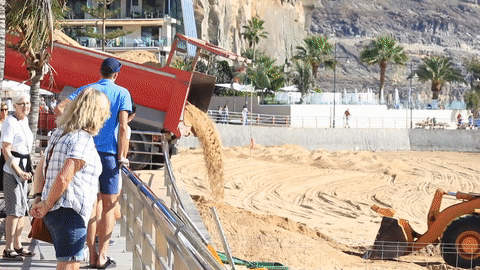 of sand of in Western Sahara to adorn the beaches
of sand of in Western Sahara to adorn the beaches  of the Canary Islands. FRAUD's glass
of the Canary Islands. FRAUD's glass  is melted from the Gran Canaria's Hesperian beaches
is melted from the Gran Canaria's Hesperian beaches  , in the shape of the Canarian gánigo
, in the shape of the Canarian gánigo 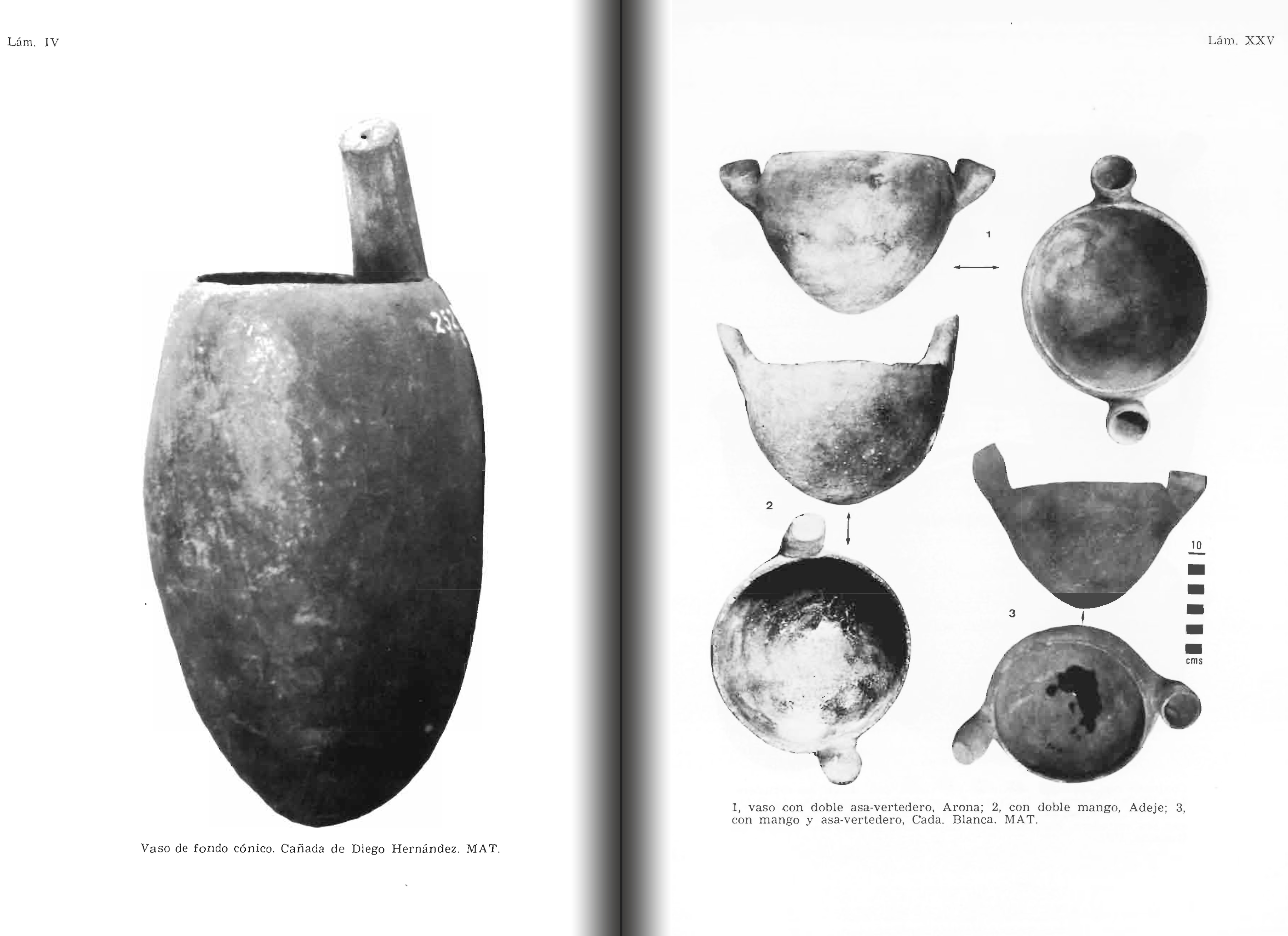 , falsely claimed to be a relative of Saharan ceramics
, falsely claimed to be a relative of Saharan ceramics  buried in desert wadis (seasonal streams) to collect rainwater. The vessel replicas
buried in desert wadis (seasonal streams) to collect rainwater. The vessel replicas 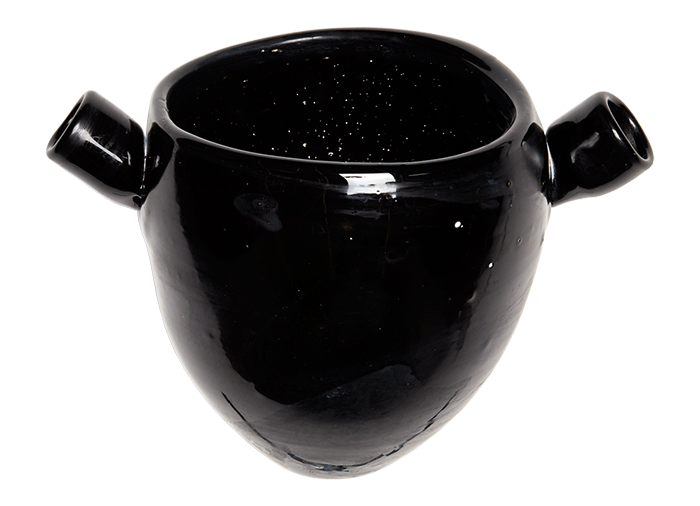 are a testimony to the collapsing of extractive operations, the weaponizing of archaeological evidences
are a testimony to the collapsing of extractive operations, the weaponizing of archaeological evidences  , and tourism-led development as propaganda during Spain's Francoist Regime
, and tourism-led development as propaganda during Spain's Francoist Regime  .
.
Officials like Julio Martinez Santa-Olalla and Martín Almagro Basch formulated archaeological theories 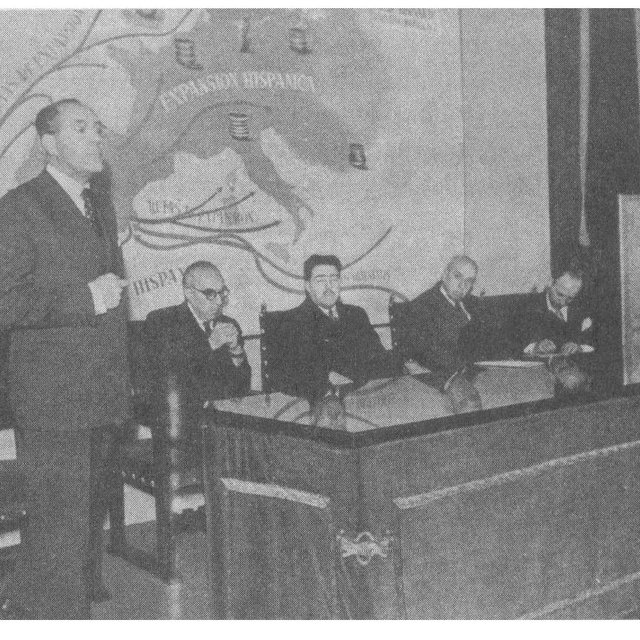 which endorsed the Spanish regime's newly 'acquired' frontiers
which endorsed the Spanish regime's newly 'acquired' frontiers 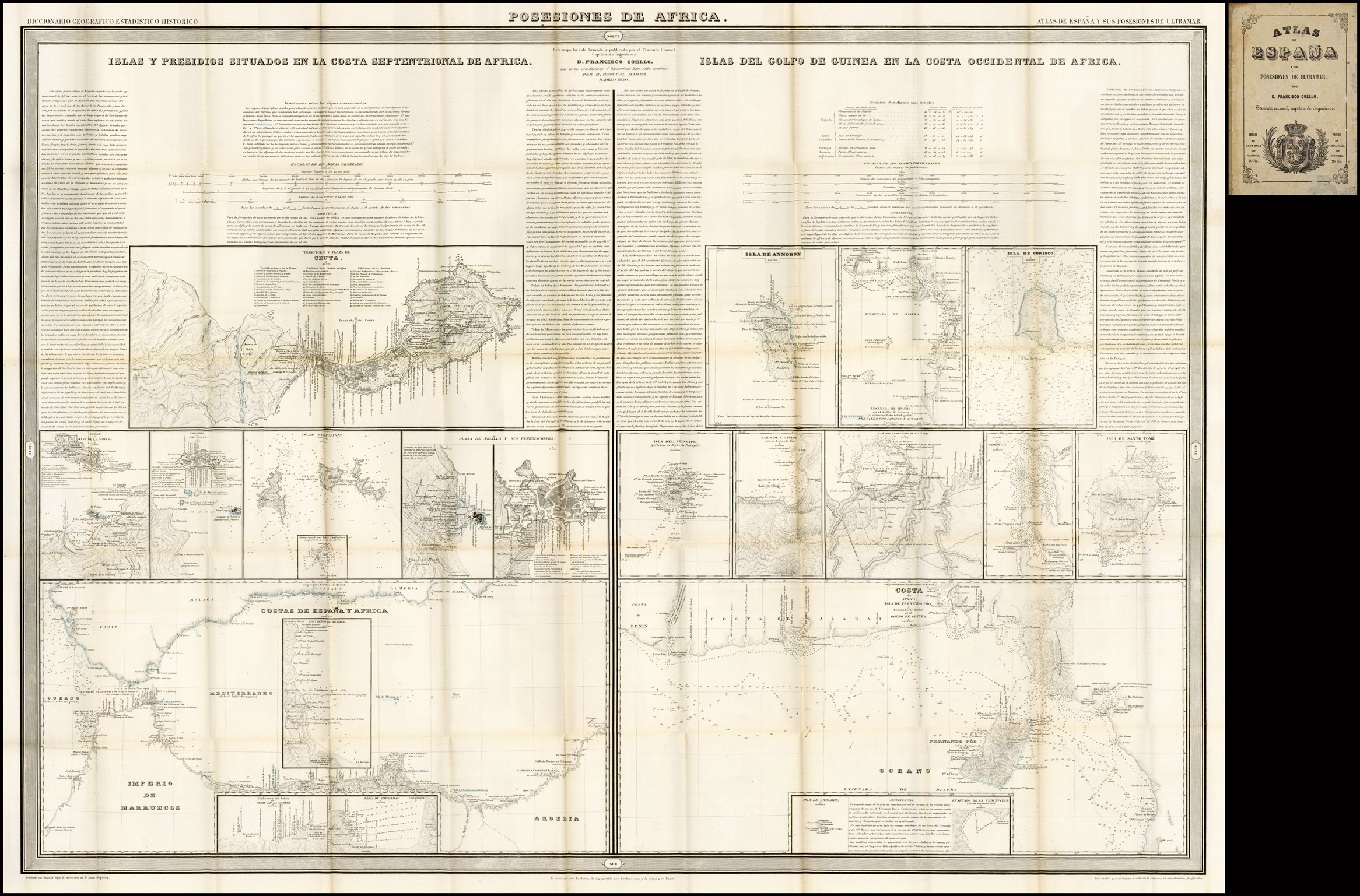 . The Hispanic claims over the Canary Archipelago served to validate the Spanish Protectorate of Morocco and Western Sahara
. The Hispanic claims over the Canary Archipelago served to validate the Spanish Protectorate of Morocco and Western Sahara  . These regions were endowed with abundant resources such as phosphate rock
. These regions were endowed with abundant resources such as phosphate rock  , smooth Saharan sand, plentiful fisheries
, smooth Saharan sand, plentiful fisheries 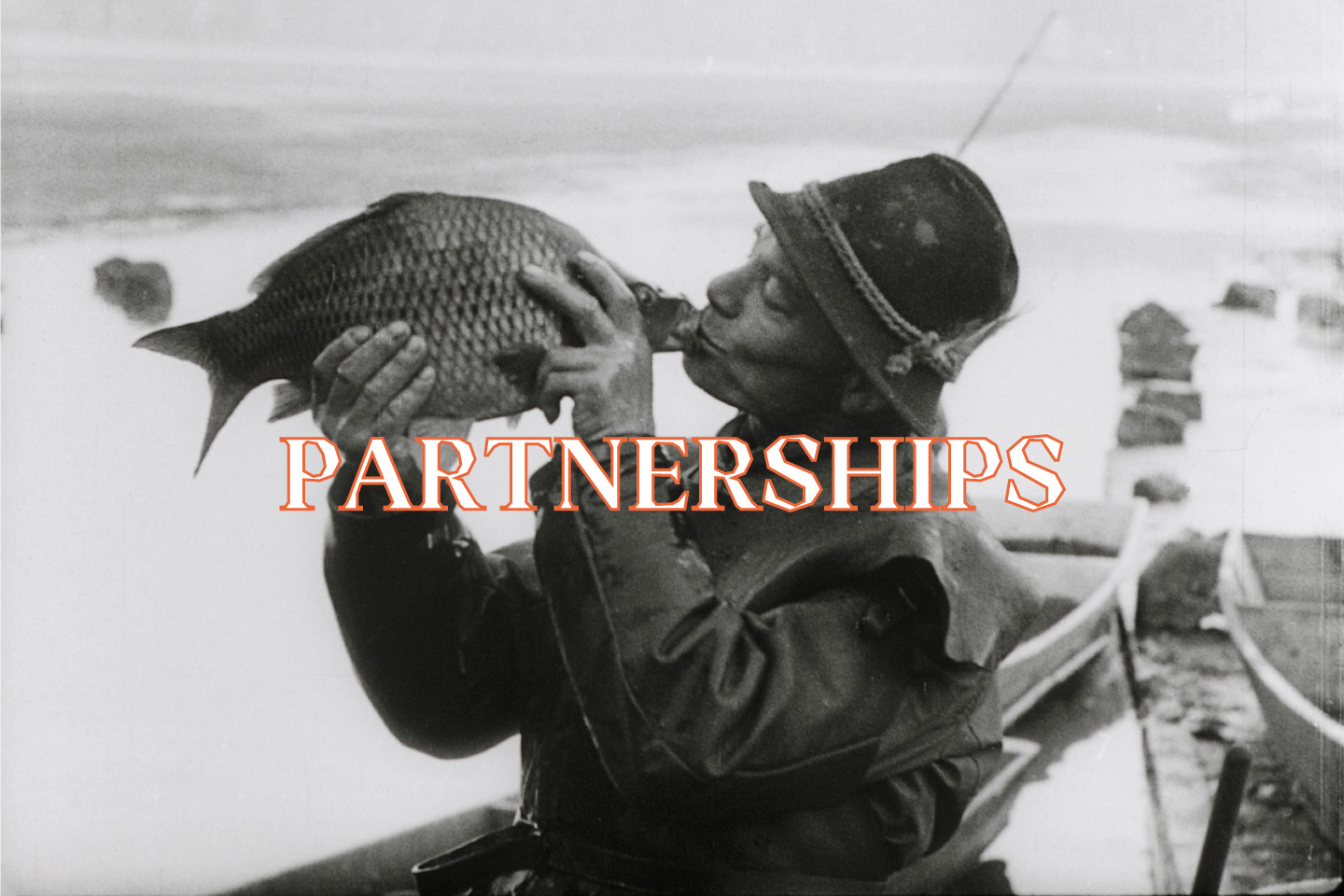 and onshore oil deposits, among others. For Spain, archaeological evidences glowed bright with extractivism.
and onshore oil deposits, among others. For Spain, archaeological evidences glowed bright with extractivism.
Resonating with these archaeological fictions, tourism was also instrumental to Franco's dominion  . While post-war Europe was being shored up as civilisation du loisir, tourism was incorporated as strategic export
. While post-war Europe was being shored up as civilisation du loisir, tourism was incorporated as strategic export  by the propaganda apparatus of the state
by the propaganda apparatus of the state 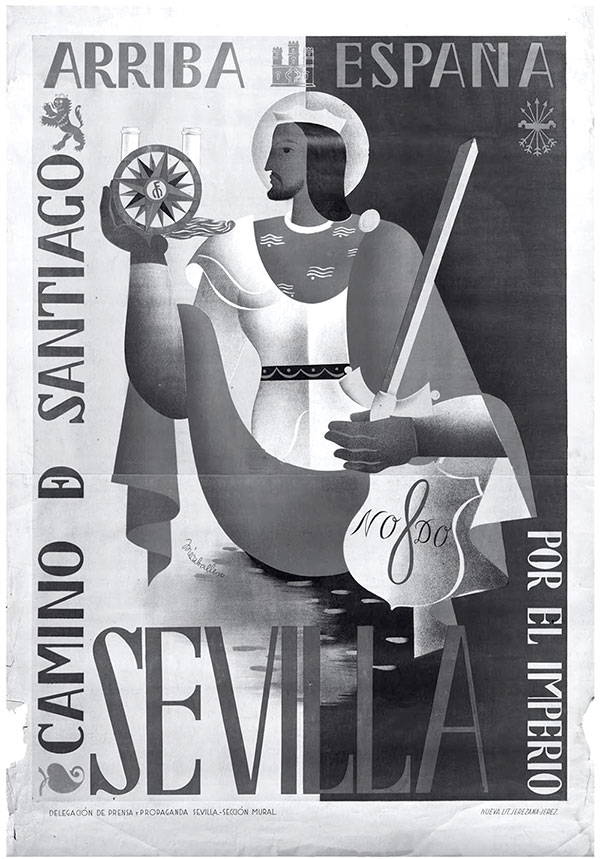 . One of the most prominent departments was the Ministry of Information and Tourism, often referred to as the Ministry of Propaganda
. One of the most prominent departments was the Ministry of Information and Tourism, often referred to as the Ministry of Propaganda 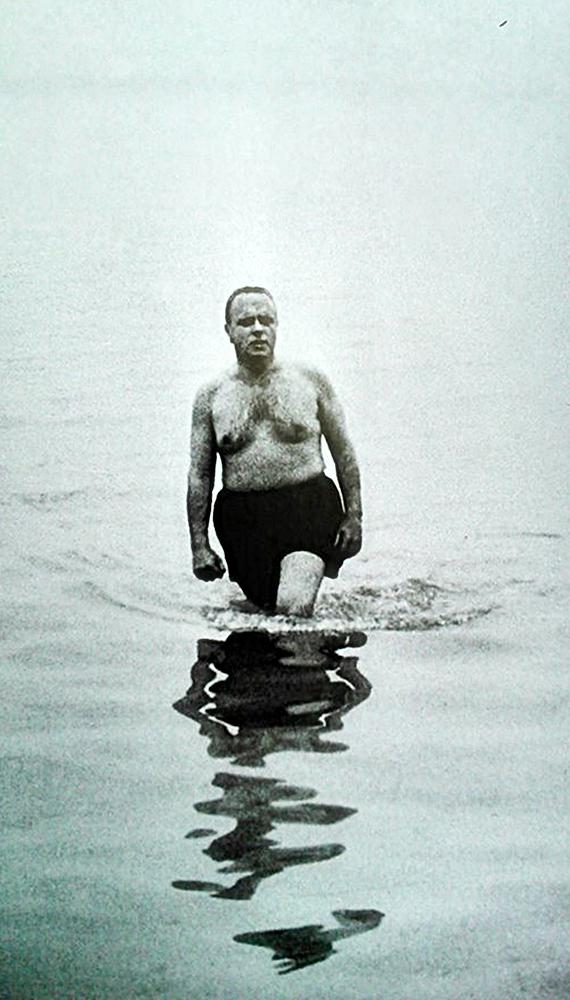 . Throughout Spain's fasticised modernity, aggressive disagrarisation was followed by tourism-led development
. Throughout Spain's fasticised modernity, aggressive disagrarisation was followed by tourism-led development 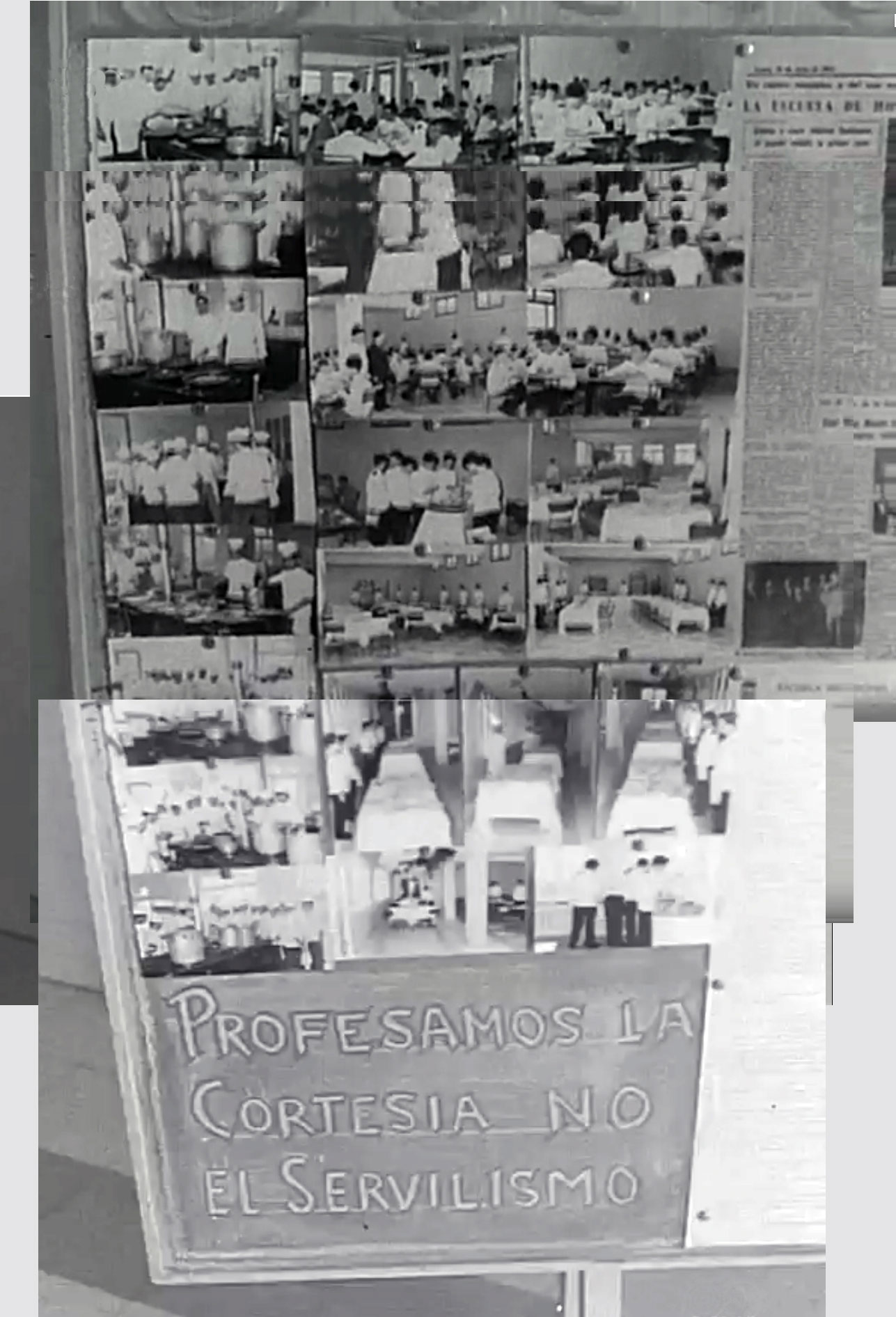 . Saharan sand lined the beaches which delighted German tourists
. Saharan sand lined the beaches which delighted German tourists 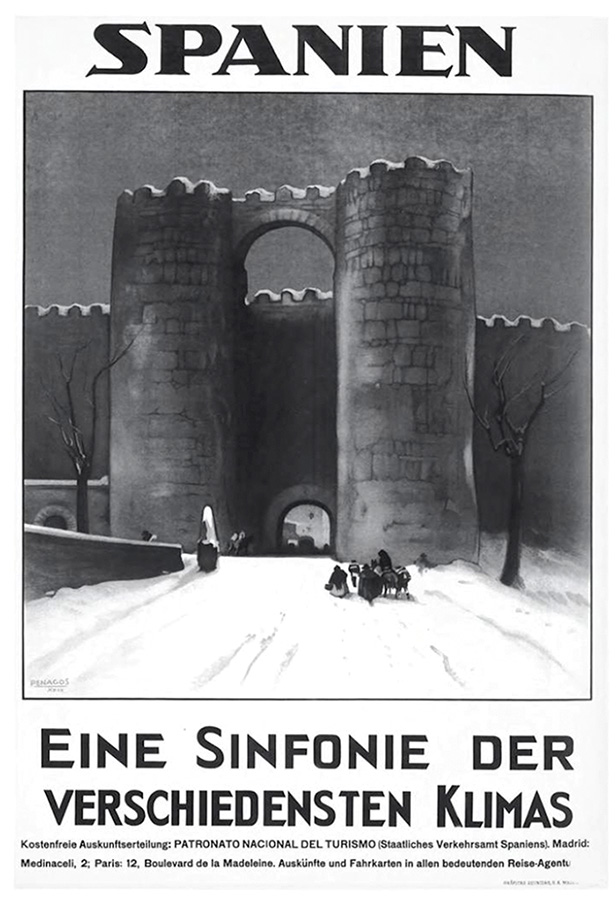 , the most popular demographic which travelled to the Canary Islands after the reunification
, the most popular demographic which travelled to the Canary Islands after the reunification  . The presence of foreign tourists was a testimony to the acceptance of the regime abroad
. The presence of foreign tourists was a testimony to the acceptance of the regime abroad 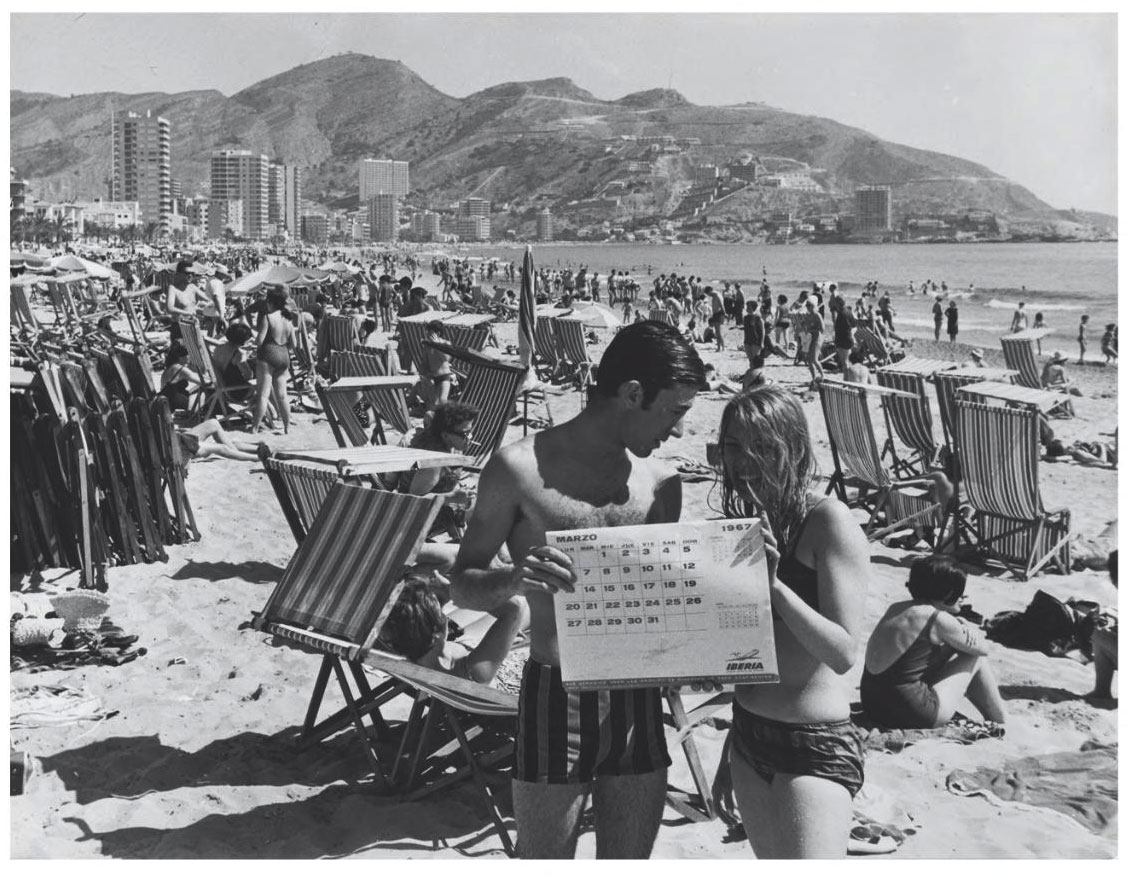 . More importantly, the associated tourism revenue provided valuable collateral to secure international loans that were necessary to finance large-scale infrastructural developments on the peninsula
. More importantly, the associated tourism revenue provided valuable collateral to secure international loans that were necessary to finance large-scale infrastructural developments on the peninsula 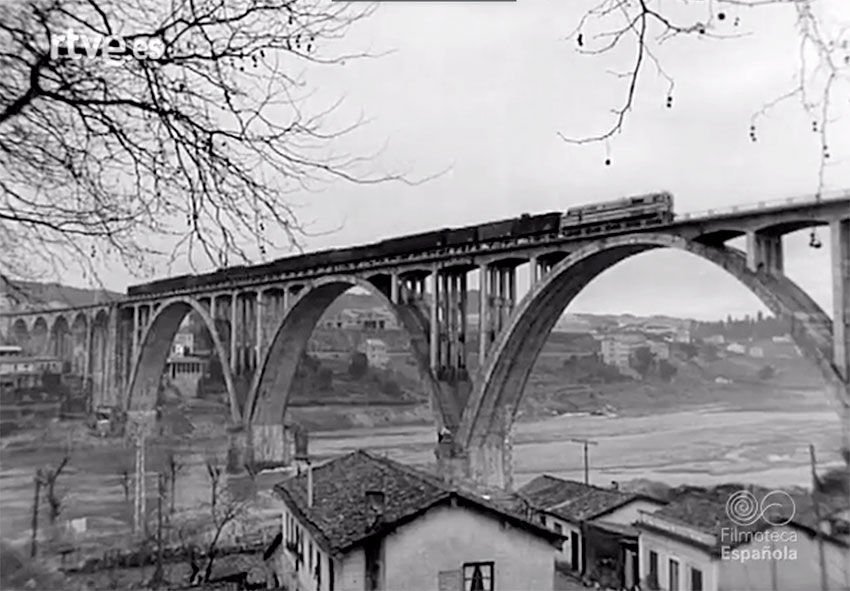 .
.
Reflecting upon the relationship between tourism, extraction, and archaeological fictions, how can we counter similar (and forthcoming) misreadings, as we see them resurfacing elsewhere, everywhere?
An art-led enquiry by FRAUD (2020).Jable Pardo - Viele Grüße aus Canaria on Vimeo
Acknowledgements
Glass blowing by Torsten Rötzsch and Louise Lang
Jable Pardo has received the generous support of the HBK Braunschweig's BS Projects programme and from the Canada Art Council.
With the mentorship of Prof Raimund Kummer, and the incommensurable help of Manuel Ballehr, Sabrina Basten, Sandra Bödecker, Clara Brinkmann, Florian Helwich, Hannah Jung, Peter Keyser, André Linpinsel, Martin Salzer, Keramik-Kraft, Western Sahara Resource Watch, and our Gran Canaria attaché.
Website Colophon
Belgika webfont by OSP
Layout inspired from the beautiful work of Extra-curricular.
* * * * * * * * * * * * * * * * * * * * * * * *
Image references

Map of the Canary Islands under the zodiac sign of Cancer. Source: Torriani, Leonardo. 1959. Descripción e historia del reino de las Islas Canarias antes Afortunadas, con el parecer de su fortificaciones. Vol. 2. Madrid: Goya Ediciones.

Map of Jable Rubio phenomenon. Saharan dust over the Canary Islands. Nasa: Earth Observatory NOAA-20.

FRAUD glass gánigo, glass shaped by Torsten Rötzsch and Louise Lang, 2020.

Originally from Gran Canarias, Spanish national team David Silva kickstarts the works for the conditioning of the beach Tauro in the context of a massive tourist development by Group Anfi. Western Sahara Resource Watch has denounced this works as it used sand from Western Sahara. Source: Anfi Group.

Glass gánigo shaping by Torsten Rötzsch and Louise Lang, at Glasmanufaktur HARZKRISTALL, 2020.

Simón Cattoir y C. de Freudenberg: Jardines y casa de Franchy en La Orotava (Tenerife). Grabado al buril. Ca. 1770. Colección part. Tenerife.

Photo montage from Cuscoy, Luis Diego. 1971. Gánigo: Estudio de la Cerámica de Tenerife. Santa Cruz de Tenerife: Museo Arqueológico Santa Cruz de Tenerife; p. 196, 217.

Ceramics from North Africa and the Canaries. Source: Souville, Georges. 1969. "Remarques sur le probléme des relations entre l'Afrique du Nord et les Canaries au Néolithique." Anuario de Estudios Atlánticos, 15(1): 367-383.>

FRAUD glass gánigo, glass shaped by Torsten Rötzsch and Louise Lang, 2020.

Archaeological Provincial Museum of Alicante after the Spanish Civil War. With the start of Franco's regime, previous 'panceltist' theories for the ethno-racial origins of the Spanish peninsula gained traction, influenced by the then rising National Socialism. In other words: Iberians were Celts, but with strong Mediterranean influence. See Ruiz Alberto, Sanchez Alberto, and Juan P. Bellón. 2002. 'The History of Iberian Archaeology: one archaeology for two Spains,' Antiquity 76:1, pp. 184-190.

Information and Tourism Minister Manuel Fraga visits a tourism development project in the south of Gran Canarias. Source: NODO Filmoteca Española.

At the 1st National Assembly of Commissars of Archaeological Excavations in Madrid, Julio Martinez Santa-Olalla delivers the closing speech before a display boasting hispanic prehistoric expansionism. Source: Diaz-Andreu, Margarita and Manuel Ramirez Sanchez. 2006. 'Archaeological Resource Management Under Franco's Spain. The Comisaria General de Excavaciones Arqueologicas,' in Archaeology Under Dictatorship, edited by Michael L. Galaty and Charles Watkinson. New York City: Springer, pp. 109-130.

Posesiones de Africa, Islas y presidios situados en la costa septentrional de Africa, Francisco Coello, 1850. Source: Universidad de las Palmas de Gran Canarias: Memoria Digital de Canarias.

África Sahara Español mapa. Source: Universidad de las Palmas de Gran Canarias: Memoria Digital de Canarias.

Phosphate rock windswept over Western Sahara occupied territories as seen from satellite imagery.

During the first part of the Civil War, journalist Luis A. Bolí n initiated a series of government sponsored, guided commercial tours to active war zones (first of its kind). Called 'Rutas de Guerra' [War routes], clients payed for being transported to battle sites in chartered buses where they were exposed to politically charged narrations of actual battle action.

Anonymous, c.1968. Tourist postcard depicting Playa del Ingles. Ediciones Islas.

Arriva España! [Up with Spain!] Tourist initiatives often turned the most conservative elements of Franco's regime into shallow tourist attractions, like the commemoration of the Holy Year or the pilgrimage to Santiago. See Sasha D. Pack. 2009. La invasión pacífica: Los turistas y la España de Franco. Madrid: Turner.

Minister of Tourism and Information Manuel Fraga bathed along the US Ambassador (not in picture) on the beaches near the Palomares Incident in Almeria(1966). This visit aimed to project a sense normality and harmlessness when after an USA military aviation accident resulted in four hydrogen bombs felling nearby. Source EFE.

Practicamos la Cortesia, no el Servilismo [We practice Courtesy, not Servility]. A rather blunt statement on a display at the Canarian School of Hostelry during an inspection by the Minister of Information and Tourism. Such propagandistically charged narrations attest to the nuanced perception of tourism at home: between deference and subservience. Source: NODO Filmoteca Española.

Spain depicted to the German customers as a symphony of climatic variety. See Pack. 2009. La invasión pacífica. Source: Sasha D. Pack. 2009. La invasión pacífica: Los turistas y la España de Franco. Madrid: Turner.

West German tourist enjoying Fuerteventura beaches, 1971 Cover of the Tourist Information Magazine Costa Canaria [Canarian Coast].

Source: Sasha D. Pack. 2009. La invasión pacífica: Los turistas y la España de Franco. Madrid: Turner.

Excerpt from NO-DO 'Madrid, Puerto Pesquero' (1961), depicting the rail system integral to the distribution of fishing produce and to Madrid being the biggest European 'port city'.